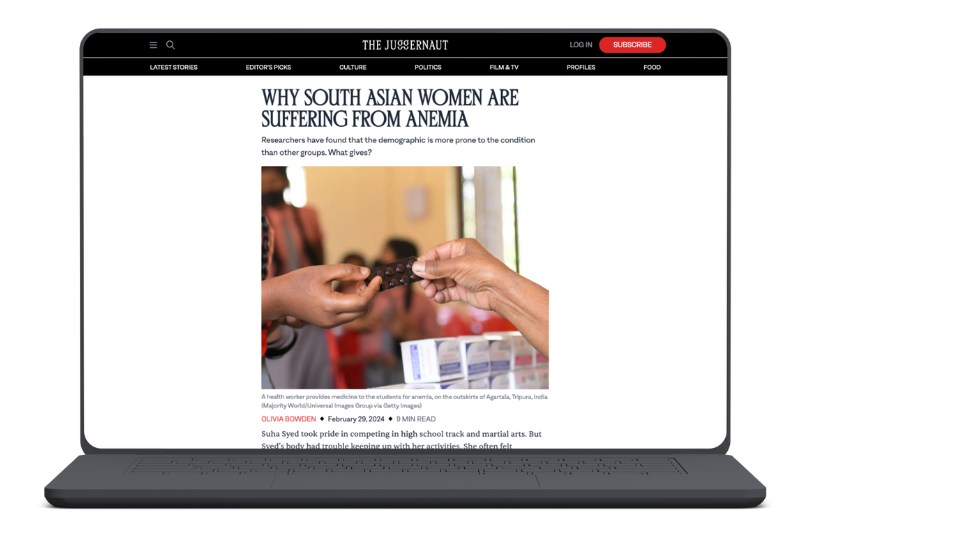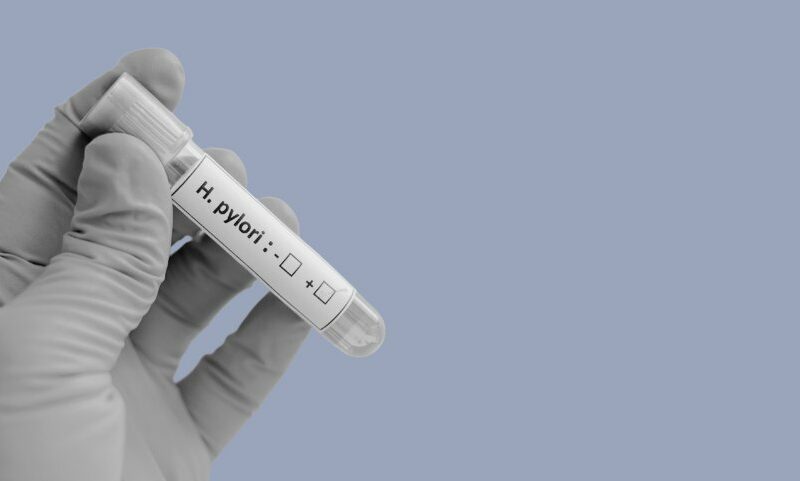
Why are South Asian women and Black women more iron deficient?
We don’t highlight enough racial differences in medicine. Because we don’t do this, we miss a lot. We don’t emphasize that black women and south asian women experience higher rates of iron deficiency and anemia. This has massive implications both personally and societally.
Iron deficiency is likely already underestimated because we don’t screen enough, guidelines are not in agreement and lab test cutoffs are too low. And these are general problems, nevermind the additional issues connected to racialized people.
Surprising, and sad enough that 30% of white women are iron deficient. A whopping 60% of South Asian women are iron deficient. ref
Compared with white patients of higher socioeconomic status (SES), the risk of IDA doubles in females of self-identified minority race/ethnicity, or lower SES. Ref
Owing to a number of challenges within our culture, a lot of women are living their lives, wondering whether their exhaustion, hair loss and anxiety is just part of being a woman. And many times they are told this is the case. Meanwhile, 100% of the time, this is completely false.
South Asian women should regularly have their ferritin (iron) levels checked. Indians who are chronically iron deficient should also be checked for celiac disease since they have higher rates than others too.
The people who require the most testing are often the least to receive it.
The iron deficiency number is even higher and more complicated in pregnancies of both black women and south asian women. Iron deficiency in pregnancy is associated with poorer cognitive development in children. Children born to iron deficient mothers are more likely to suffer from chronic anemia as adults. These problems are intergenerational.
Black women are 5x more likely to die after labour because of blood loss.
They are the most likely to have postpartum anemia.
Being black is a risk factor for iron deficiency.
It’s not fair that we let these women experience a poorer quality of life when the problem is easy to identify and easy to treat. We just have to care enough. ref
We don’t talk about it enough.
We need to screen these women.
Why don’t we?
Sexism and racism that over time have normalized black and brown iron deficiency.
In the words of a great iron deficiency champion:
“We ask, would the world ever allow for the passive acceptance of laboratory screening definitions that came with the slightest risk of diminished opportunity to address a correctable condition associated with White male mortality, morbidity, and decreased productivity? It is frankly unimaginable” - Michelle Shozlberg MD.














